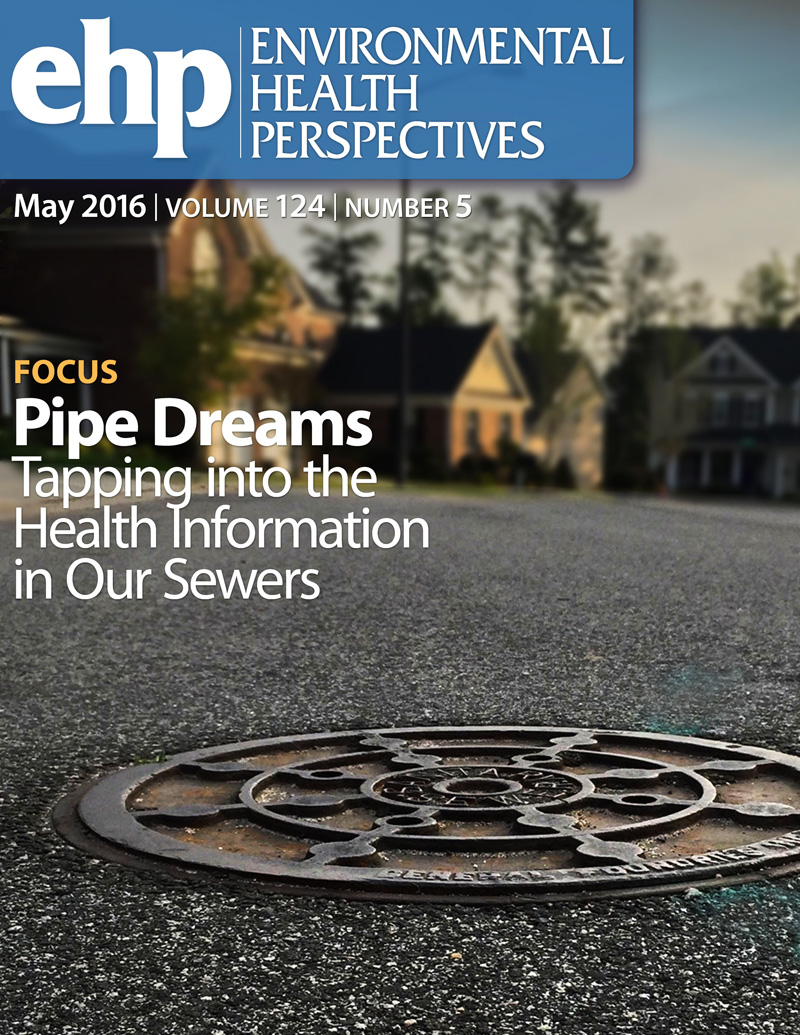Health Trade-offs of Boiling Drinking Water with Solid Fuels: A Modeling Study.
IF 9.8
1区 环境科学与生态学
Q1 ENVIRONMENTAL SCIENCES
引用次数: 0
Abstract
BACKGROUND Billions of the world's poorest households are faced with the lack of access to both safe drinking water and clean cooking. One solution to microbiologically contaminated water is boiling, often promoted without acknowledging the additional risks incurred from indoor air degradation from using solid fuels. OBJECTIVES This modeling study explores the tradeoff of increased air pollution from boiling drinking water under multiple contamination and fuel use scenarios typical of low-income settings. METHODS We calculated the total change in disability-adjusted life years (DALYs) from household air pollution (HAP) and diarrhea from fecal contamination of drinking water for scenarios of different source water quality, boiling effectiveness, and stove type. We used Uganda and Vietnam, two countries with a high prevalence of water boiling and solid fuel use, as case studies. RESULTS Boiling drinking water reduced the diarrhea disease burden by a mean of 1100 DALYs and 367 DALYs per 10,000 people for those under and over 5 years of age in Uganda, respectively, for high-risk water quality and the most efficient (lab-level) boiling scenario, with smaller reductions for less contaminated water and ineffective boiling. Similar results were found in Vietnam, though with fewer avoided DALYs in children under 5 due to different demographics. In both countries, for households with high baseline HAP from existing solid fuel use, adding water boiling to cooking on a given stove was associated with a limited increase in HAP DALYs due to the log-linear exposure-response curves. Boiling, even at low effectiveness, was associated with net DALY reductions for medium- and high-risk water, even with unclean stoves/fuels. Use of clean stoves coupled with effective boiling significantly reduced total DALYs. DISCUSSION Boiling water generally resulted in net decreases in DALYs. Future efforts should empirically measure health outcomes from HAP vs. diarrhea associated with boiling drinking water using field studies with different boiling methods and stove types.. https://doi.org/10.1289/EHP15059.用固体燃料烧开饮用水的健康权衡:一个模型研究。
背景世界上数十亿最贫穷的家庭面临着无法获得安全饮用水和清洁烹饪的问题。解决微生物污染的水的一种方法是煮沸,这种方法在推广时往往没有认识到使用固体燃料导致室内空气退化所带来的额外风险。目的:本模型研究探讨了在多种污染和典型的低收入环境燃料使用情景下,煮沸饮用水增加的空气污染的权衡。方法在不同水源水质、煮煮效果和炉灶类型的情况下,计算因家庭空气污染(HAP)导致的残疾调整生命年(DALYs)和因饮用水粪便污染导致的腹泻的总变化。我们以乌干达和越南作为案例研究,这两个国家的沸水和固体燃料的使用都非常普遍。结果在乌干达,在高风险水质和最有效(实验室水平)煮沸的情况下,煮沸饮用水分别使5岁以下和5岁以上儿童的腹泻疾病负担平均减少了每万人1100 DALYs和367 DALYs,而在污染较少的水和无效煮沸的情况下,减少的程度较小。越南也发现了类似的结果,尽管由于人口结构不同,5岁以下儿童避免的残疾调整生命年较少。在这两个国家,由于对数线性暴露-反应曲线,对于使用现有固体燃料产生高基线HAP的家庭,在特定炉子上烹饪时加入沸水与HAP DALYs的有限增加有关。煮沸,即使效率很低,也与中等和高风险水的DALY净减少有关,即使使用不干净的炉灶/燃料。使用清洁炉灶,加上有效的煮沸,大大减少了总DALYs。沸水通常导致DALYs的净减少。未来的努力应通过不同的煮沸方法和炉子类型的实地研究,实证地衡量与煮沸饮用水相关的HAP与腹泻的健康结果。https://doi.org/10.1289/EHP15059。
本文章由计算机程序翻译,如有差异,请以英文原文为准。
求助全文
约1分钟内获得全文
求助全文
来源期刊

Environmental Health Perspectives
环境科学-公共卫生、环境卫生与职业卫生
CiteScore
14.40
自引率
2.90%
发文量
388
审稿时长
6 months
期刊介绍:
Environmental Health Perspectives (EHP) is a monthly peer-reviewed journal supported by the National Institute of Environmental Health Sciences, part of the National Institutes of Health under the U.S. Department of Health and Human Services. Its mission is to facilitate discussions on the connections between the environment and human health by publishing top-notch research and news. EHP ranks third in Public, Environmental, and Occupational Health, fourth in Toxicology, and fifth in Environmental Sciences.
 求助内容:
求助内容: 应助结果提醒方式:
应助结果提醒方式:


